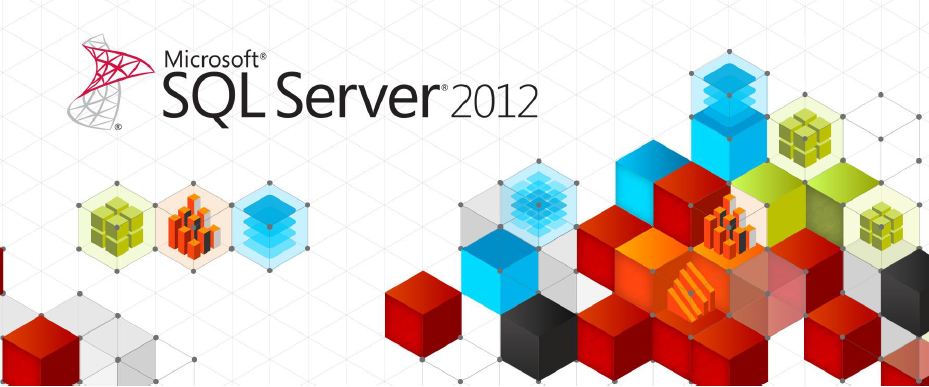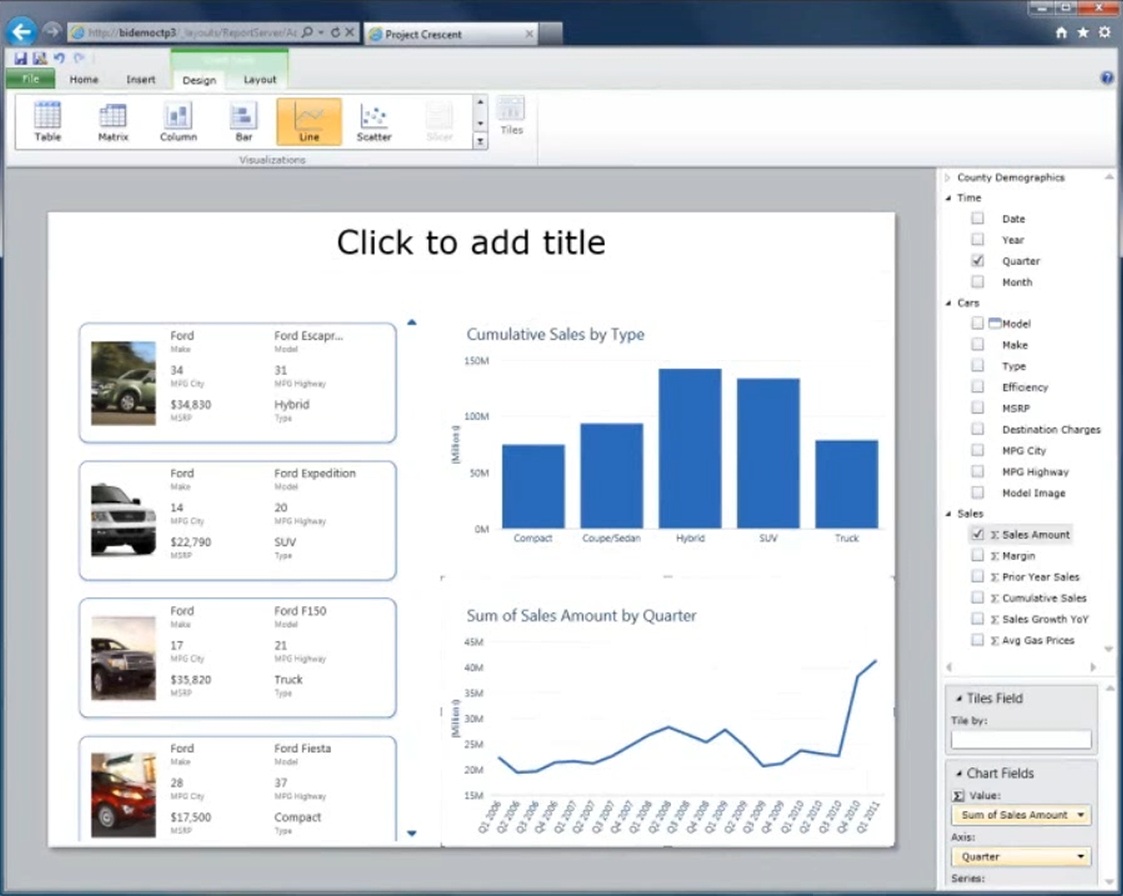SQL Server Power View (aka Project Crescent)
I remember when creating reports were a daunting task and one that I generally left for last to complete. I think almost every developer I’ve come in contact with throughout the years is under the same impression (although there are exceptions to every rule) however with the release of SQL Server 2012 Reporting Services (SSRS), this task just became infinitely easier.
The first incarnation of SSRS that was used in conjunction with SQL Server 2000, while not feature rich per say, did give Microsoft developers the means to create reports using Visual Studio (VS) or SQL’s Business Intelligence Development Studio (BIDS) as opposed to using a 3rd party tool/IDE (e.g. Crystal Reports). I personally thought the Report Manager site and the Report Definition Language (RDL) file format was a great way to create and work with reports as well as incorporate the DBA into the migration process without having some complicated script that IT OPS needed to run.
Two more versions were released (contained within SQL Server 2005 and 2008) but fast forward to today and the upcoming version really does bring all parties together. Whether you’re a developer, business power user or an executive trying to grow your business, Power View (PV) will change the way you work with data.
The concept of self-service reporting is not new but with PV it becomes a reality by providing a highly interactive, web-based data exploration, visualization, and presentation experience. Now anyone can create a report in just seconds, transforming the “shape” of data with a single click and add powerful timed animation sequences to quickly identify trends or anomalies. All of this makes for a more convincing case through rich presentation of discovered insights.
Note: PV is a browser-based Silverlight application launched from SharePoint Server 2010.
If you’ve worked with or are currently using SSRS then the obvious question is “How does Power View compare to Report Builder (RB) and Report Designer (RD)?” First, PV won’t replace the existing Reporting Services reporting products. Second, RD is mainly for developers and IT pros to embed reporting in their applications whether they’re web or client based. Report Designer still should be used for creating operational reports, shared data sources, shared datasets, and for authoring report viewer controls. Lastly, RB provides IT pros and power users the ability to create reports and reusable report parts and shared datasets built on a predefined model.
It’s worth mentioning that RB and RD create RDL reports whereas PV creates RDLX reports. PV cannot open RDL reports, and vice versa. Both RB and RD are shipping in Microsoft SQL Server 2012 Release Candidate 0 (RC 0) Reporting Services, along with PV (see Tools (SSRS)).
I think one of the best benefits of PV is that it’s an extremely easy way to work with data for those that aren’t familiar with the underlying data structures yet have the need to do some sort of data mining. Using an Office type interface (i.e. The Ribbon) combined with SharePoint brings the learning curve down so this won’t be yet another tool that someone needs weeks to learn.
All that being said, download the SQL Server 2012 Release Candidate (RC) to start using PV today and I suggest viewing this video that one of the group product managers from the Business Intelligence (BI) team created. Additional information on SQL Server 2012 Reporting Services can be found here.

